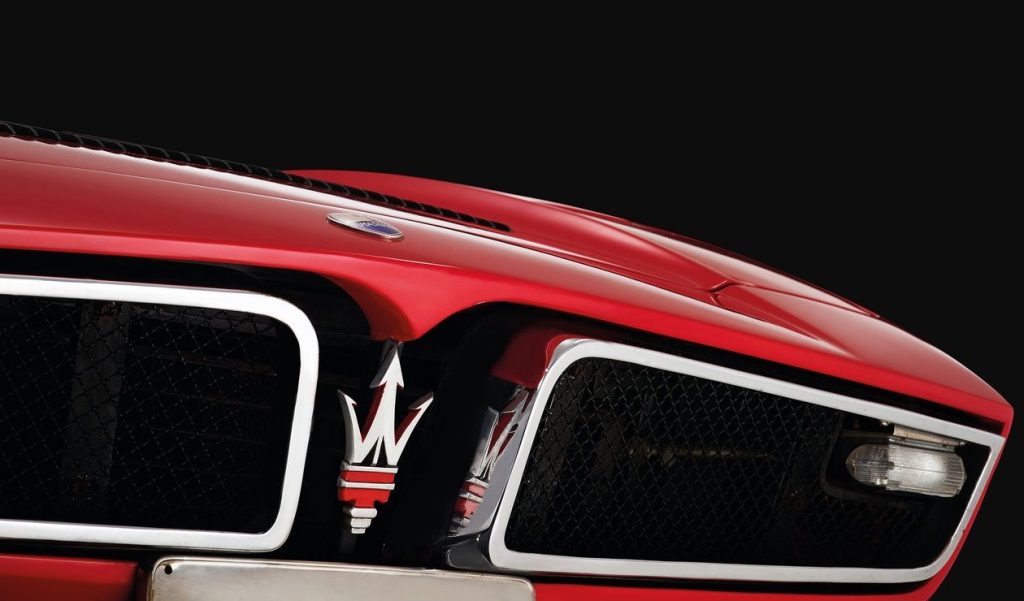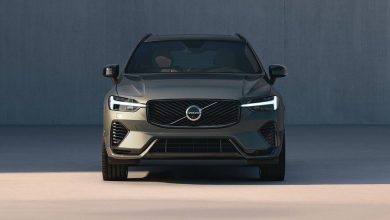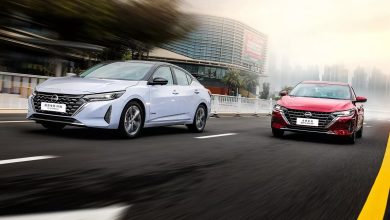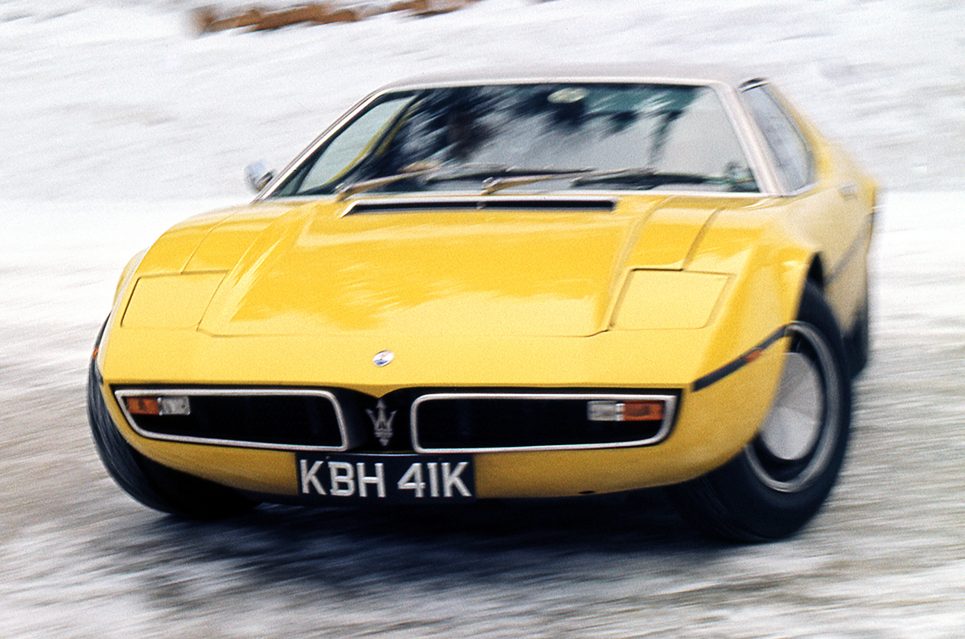
What is typically termed as the thinking man’s 70s Italian supercar is half a century old this year.
Maserati has recently blown out 50 candles for its Bora. The first mid-engined road car to be produced the Italian trident marque, it is rather unfortunate though that no one actually really remembers this quietly revolutionary supercar.
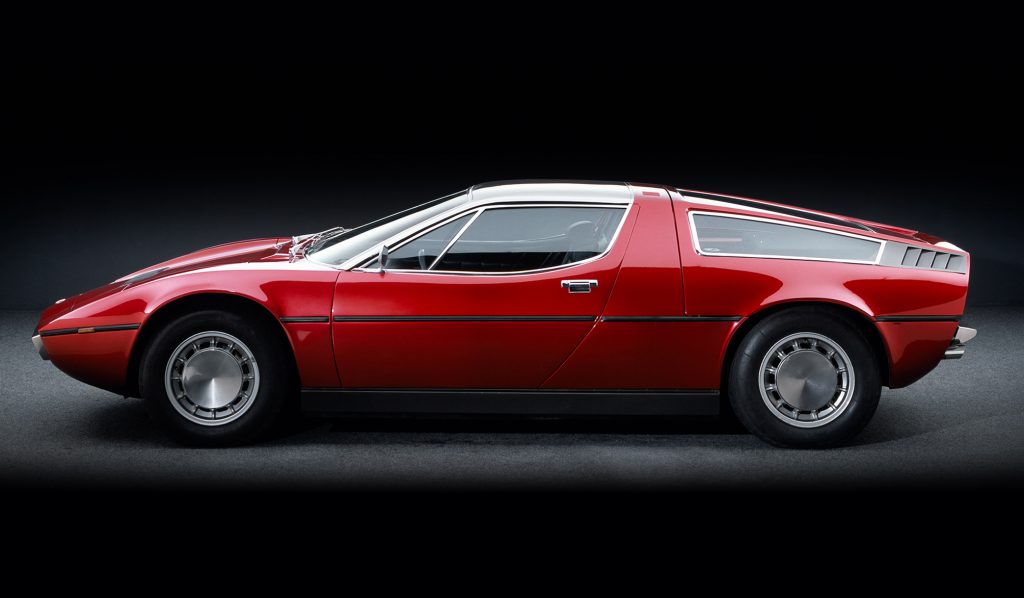
Shown to the world during the 1971 Geneva Auto Show alongside none other than the Countach, it is perhaps fair to say that the Bora already was already at a disadvantage in getting the attention it deserves from the get go. Nevertheless though, while the flamboyant Lambo became a historical marker for the supercar world that is to come, this mid-engined Maserati could perhaps be considered as a supercar that was meant for the world that was to come.
In simpler terms, the Bora could be thought of in essence as what people refer to these days as an everyday exotic. An idea virtually unheard of in the 70s, but is rather commonplace today with the likes of the McLaren GT and Porsche 911 GT3 Touring.

To further elaborate on this point, the Bora was fitted with creature comforts that was never before seen in an Italian supercar like an hydraulically adjustable pedal box, a tilt and telescopic steering wheel in addition to double-paned glass between the passenger and engine compartment. Air conditioning and electric windows also came as standard within the leather-lined cabin of this 70s Maserati.
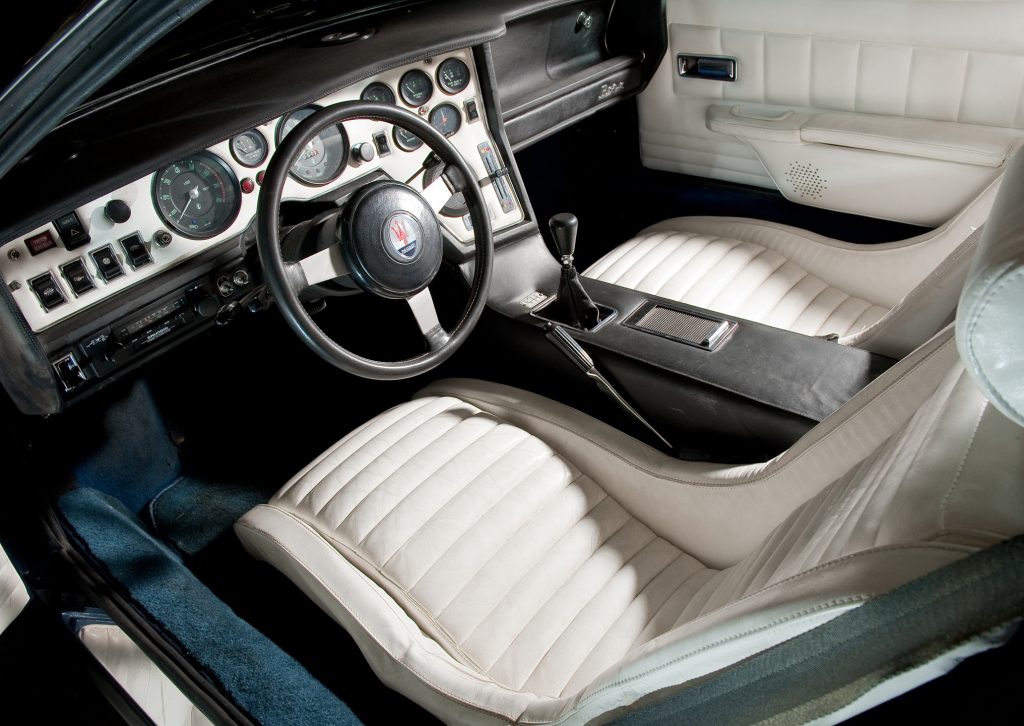
And for just that further touch of civilised motoring, there was even a carpeted aluminium engine cover cap in the Bora to further reduce engine noise emanating into the cabin. As well as for that added bit of practicality, in the case that the full sized trunk up front was already filled up.
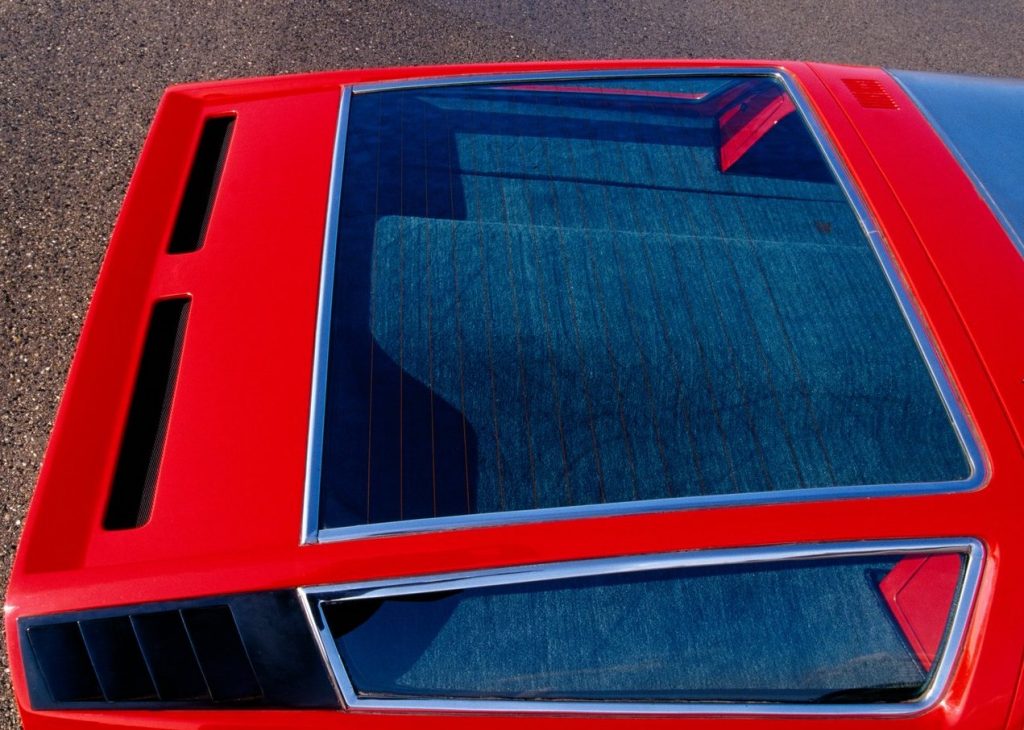
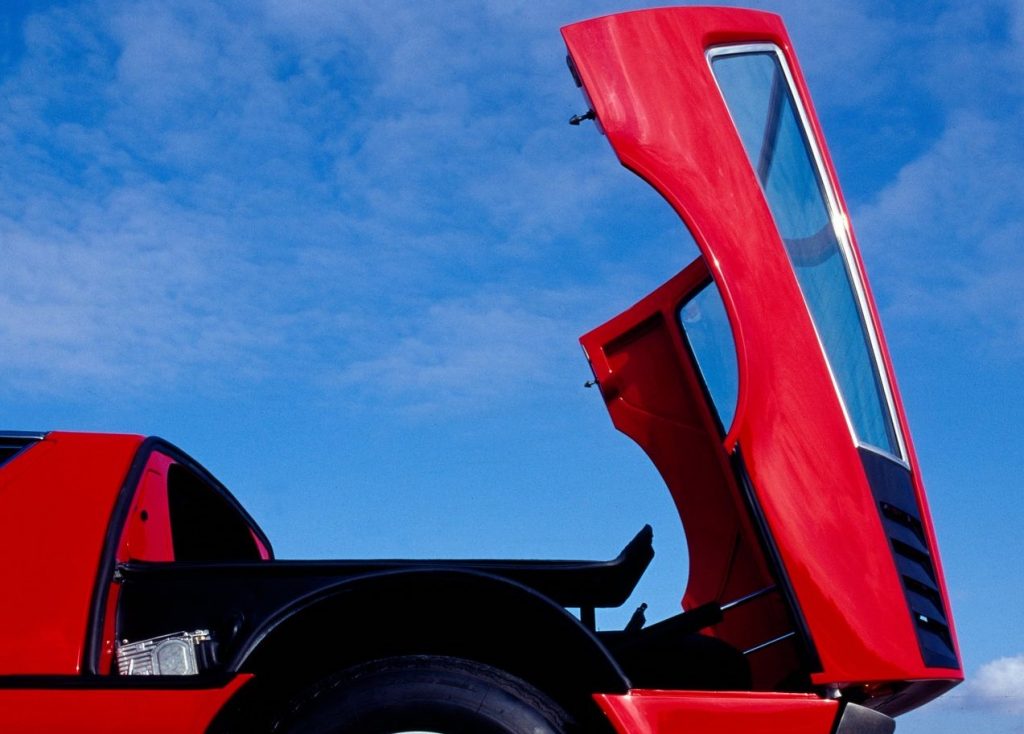
Now delving deeper beneath all that civilised fineries up top, under the skin too the Bora was actually quite a technologically advanced car for its time. Touted by many as Maserati’s departure from the days it made fast but technologically dated cars, this new mid-engined supercar came as standard with four-wheel disc brakes and independent suspension all round, incidentally a first for the Italian marque.

Moreover, the design of the Bora was also bang-up-to-date for the period. Penned by the legendary Giorgetto Girgiaro of Italdesign, the same man who designed the Lotus Esprit and the DeTomaso Mangusta, this wedge-shaped 70s Maserati featured pop-up headlamps on its sleek nose, a DeLorean-esque unpainted stainless steel A-pillars and roof on its side profile, and a truncated Kamm tail to finish up the rear.

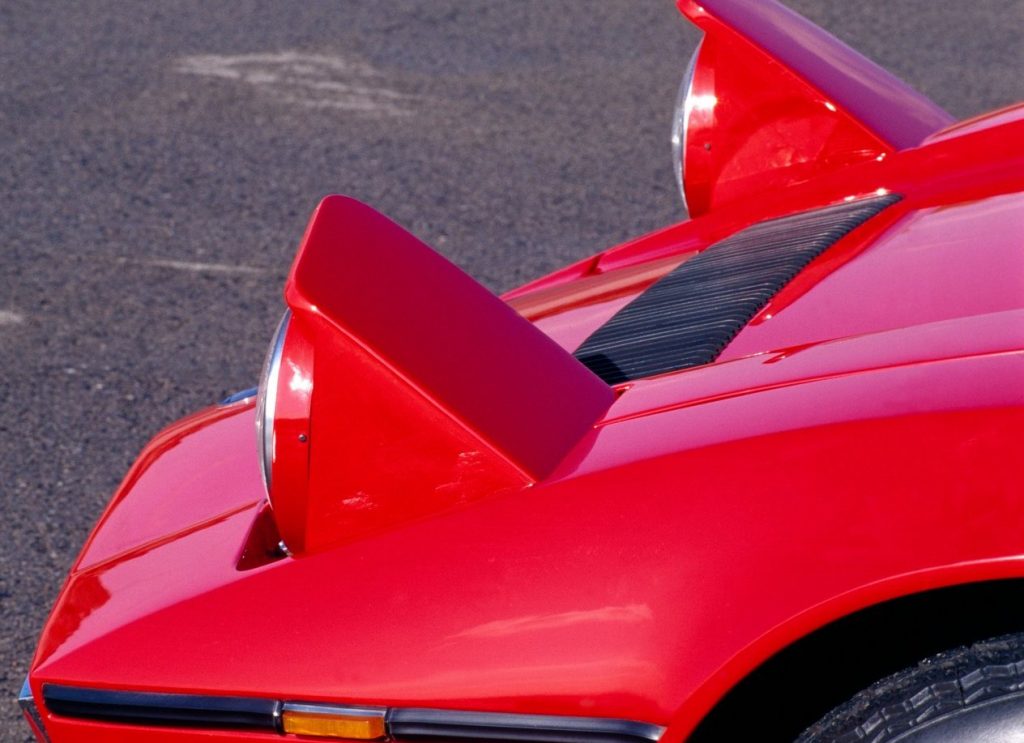

Moving onto the topic of engines available with the Bora, this is perhaps where the Maserati does fall a bit short compared to its contemporary competitors. That is because while both Ferrari and Lamborghini had massive V12s sitting in the middle of the 512 BB and Countach respectively, the Bora was only available with a V8 that was mated to a 5-speed ZF manual transmission.
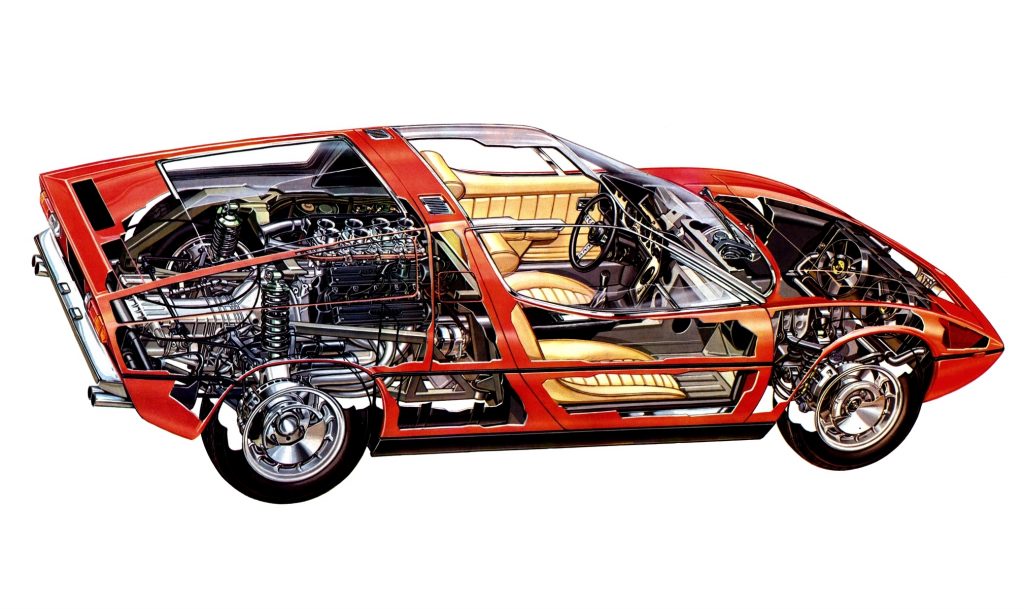
Initially just a 4.7 litre lump that output 310 hp before being joined in the range by a larger 4.9 litre unit that bumped the power output by 10 hp, the Bora was naturally down on power compared to the Lambos and Ferraris of the day. Things weren’t also helped by the fact that the smaller-engined Maserati was also actually a tad heavier than both its larger-engined competitors from Maranello and Sant’Agata due to all the creature comforts to be found within it.
Despite all these factors working against it in the performance department though, it is perhaps worth noting that the Bora isn’t exactly a slouch in any stretch of the word. 0 – 100 km/h was reportedly a reasonable 6.6 seconds, with the top speed officially quoted by Maserati as being an impressive 280 km/h.
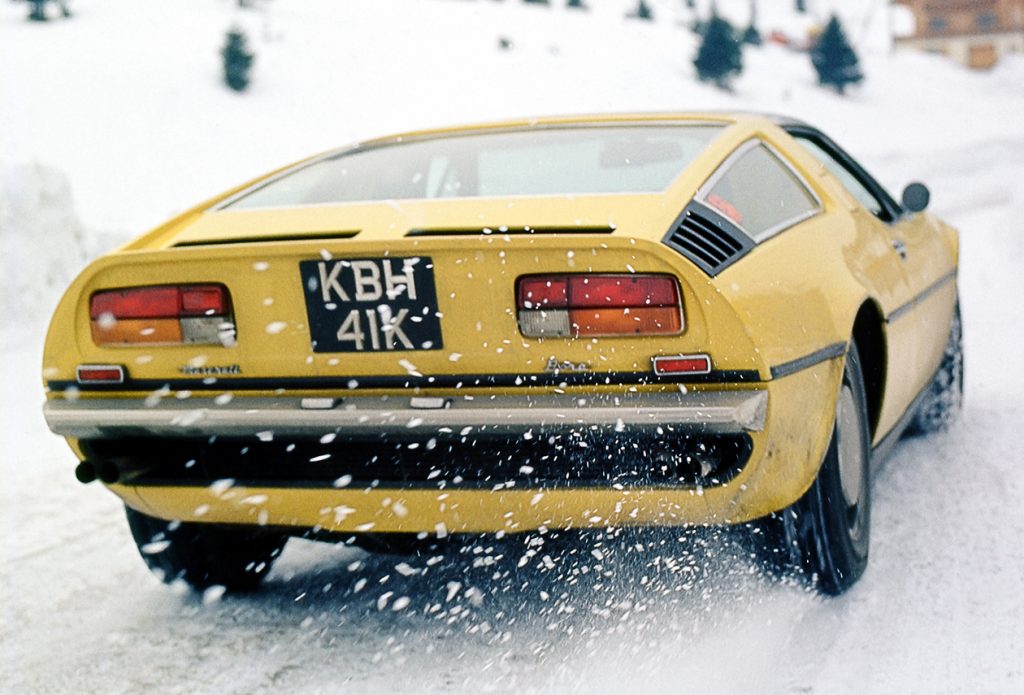
Going back to the topic of the its contemporary competitors for a bit more, while nearly 2,000 units of the Lamborghini Countach and Ferrari 512 BB were produced, Maserati on the other hand only managed to shift just over a quarter of the number of units of Bora throughout its 7 year lifespan. Of the 564 units that were rolled off the Modena assembly line, 289 of them were 4.7 litre variants, while the other 275 had the larger 4.9 litre V8.
These days, a Maserati Bora would set one back around £70,000 (RM 400,000) to £150,000 (RM860,000) depending on condition. For that price though, one could consider placing an order instead for the upcoming MC20 instead. The spiritual successor to the Bora, let’s just hope that for Maserati’s sake that its new mid-engined V6 supercar will be remembered more widely in the annals of automotive history.

PRESS RELEASE: Maserati celebrates the Bora, the first mid-mounted rear engine road car in the Brand’s history, just as the MC20 is the first mid-mounted rear engine vehicle in the new Era.
The wind of the Maserati Bora spans through 50 years of history, and reaches the dawn of a new phase for the Brand: all new models share the exclusiveness, sportiness and uniqueness that have always characterised the Modenese constructor, and Bora has also handed down its engine position, first introduced on the Tipo 63 (1961), initially reprised on the MC12, and now a key feature of the new MC20.
50 years have passed since 11 March 1971, when the Geneva International Motor Show provided the backdrop for the debut of the Maserati Bora, which was produced until 1978 with 564 cars built, not to mention the spectacular Boomerang, a coupé prototype created by Giugiaro with futuristic engineering and wedge-shaped bodywork.
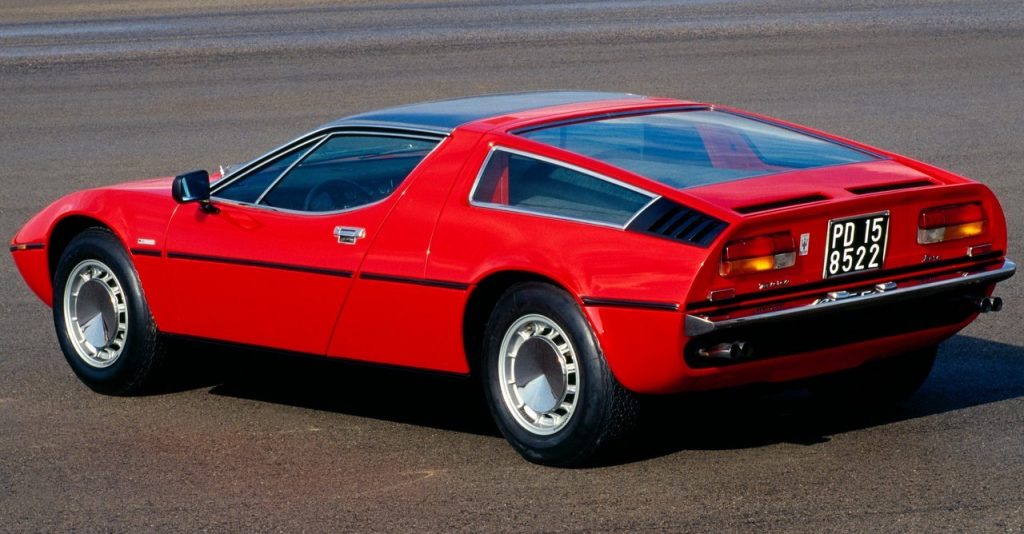
Following the trend that had already revolutionised Formula 1 racing cars over previous years, Maserati asked Giorgetto Giugiaro of Italdesign to come up with a mid-mounted rear engine sports car with enhanced performance, design, comfort and safety.
The engine was the tried and tested 4,700 cc V8 producing 310 horsepower at 6,000 rpm (to be joined by the 4,900 cc unit two years later), mounted lengthways on a subframe installed on the monocoque.
The car’s distinctive features included retractable headlights to prevent aerodynamic drag, projecting differential on the rear axle, independent suspensions on all wheels (for the first time in a Maserati), disc brakes, dry-mounted single disc clutch, 5-speed gearbox and telescopic suspension dampers.
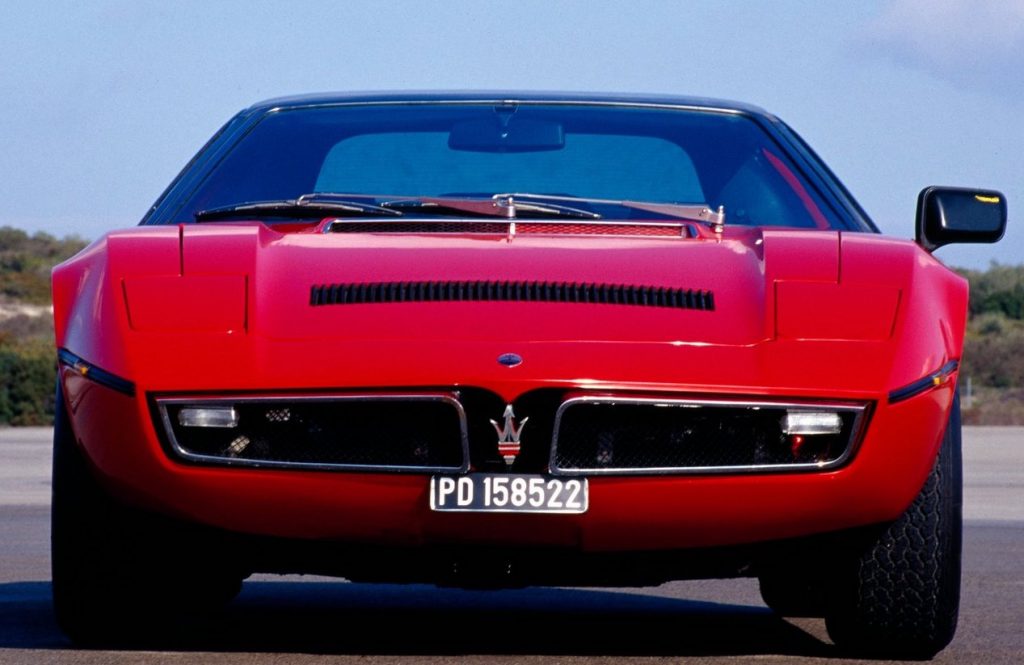
The Maserati Bora combined comfort and performance and had a top speed of over 280 km/h, ensuring great driving pleasure thanks to the engine’s exceptionally agile response and the quiet interior.

While the car’s engineering design carried the name of Giulio Alfieri, the aerodynamics and styling were by Giorgetto Giugiaro, who created a two-seater coupé on simple, elegant lines which gave the Maserati Bora a balanced appearance.
The approach was futuristic, with a low, slender, almost tapered front styled to cut through the air, while the front grille included two rectangular air vents with a Trident in the centre. The perfectly sleek sides were centrally divided by a thin black rubber trim, while the rear ended in a Kamm or truncated tail.
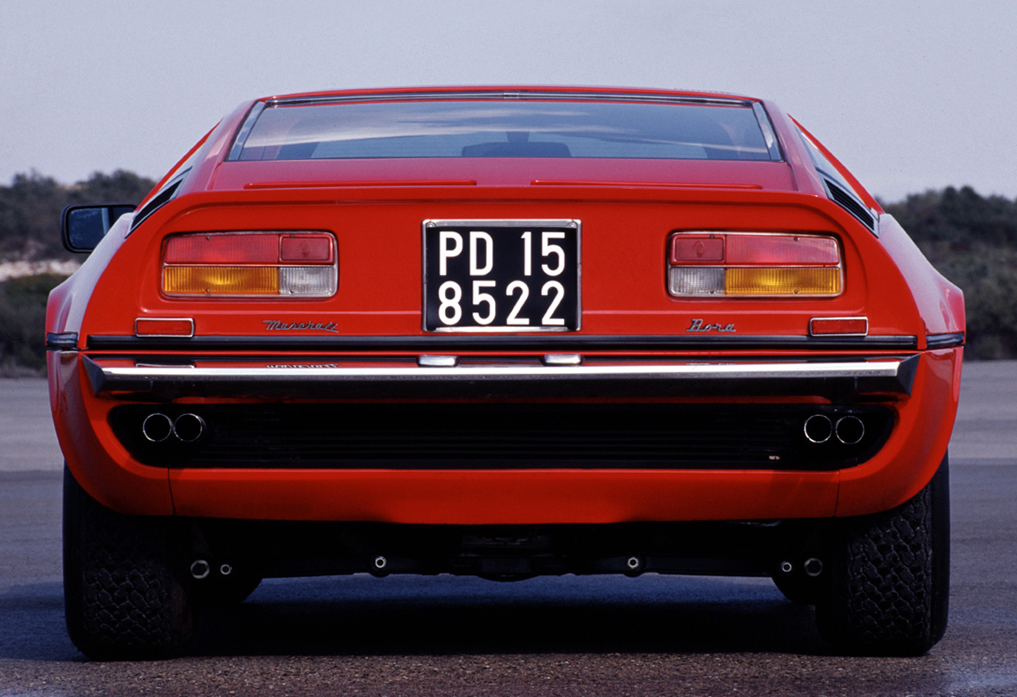
The result was a trend-setting, streamlined car perfect for the rock-and-roll spirit of the ’70s, which is still delighting fans today.
